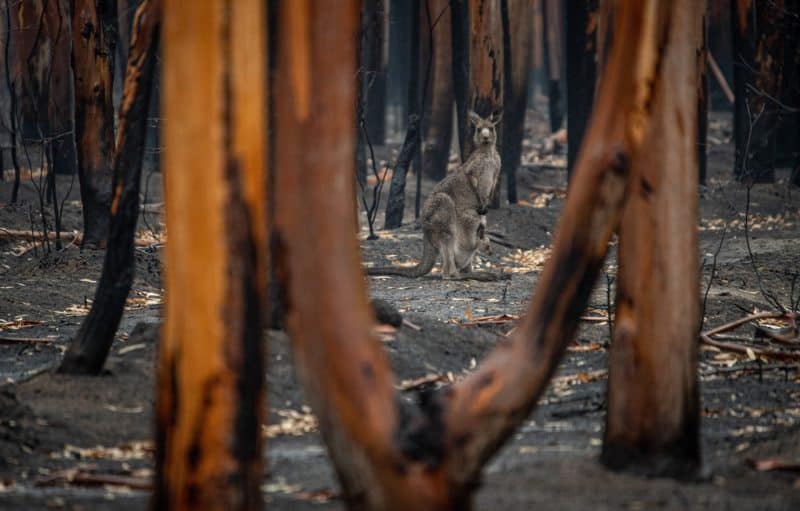PARK WATCH September 2021 |
Immediate Protection Areas announced almost two years ago are finally moving forward, writes Executive Director Matt Ruchel.
In November 2019, the Andrews Government announced as part of its Victorian Forestry Plan what they called “the largest environmental protection policy in the state’s history, with immediate protections for the iconic Greater Glider species, native fauna and Victoria’s remaining old-growth forest”.
While the claim of being the ‘biggest ever’ is debatable compared to the creation of the Otways National Park or Alpine National Park, the policy put in place Immediate Protection Areas for 96,000 hectares of forest that was available for logging in East Gippsland and the Central Highlands, as well as the Strathbogie Forest near Benalla, and small areas of forests around Mirboo North.
The Immediate Protection Areas (IPAs) have hardly been immediate, though. Almost two years after the original announcements, a process for their establishment was finally begun in late August.
The process has two parts:
- The Victorian Environmental Assessment Council (VEAC) will undertake a scientific assessment of environmental, biodiversity and other values in areas identified as IPAs.
- Community consultation will be undertaken by the newly established Eminent Panel for Community Engagement, which will work alongside VEAC.
According to the Andrews Government, the panel will consult with the community to seek their views on VEAC’s assessment of the IPAs in Mirboo North and the Strathbogie Ranges later this year, while consultation on VEAC’s assessment of the IPAs in the Central Highlands and East Gippsland will take place over a longer period, starting in 2022. The panel will present its report and recommendations to the state government on the former in early to mid-2022, with the report on the latter IPAs to be received towards the end of 2022.
While the commencement of a process was welcomed by some of the key local groups in the Strathbogies and Mirboo North, campaigners in the Central Highlands and East Gippsland still hold concerns.
In the Central Highlands, campaigners remain concerned with the original design of the IPAs, over which there was little consultation. Over 20 per cent of the area had been logged previously. Local groups also question the relevance for Greater Gliders, as some of their best habitats are outside the proposed IPAs.
Ideally, this new process would revisit the boundaries to maximise the protection of Greater Gliders as well as Leadbeater’s Possum and other forest-dependent threatened species the IPAs were designed to protect.
In East Gippsland, IPAs proposed in 2019 were impacted by high severity fire during the 2019-20 Black Summer bushfires, with 70 per cent of the area burnt. Greater Gliders lost 32 per cent of their habitat to the flames. Again, local groups there also question the original design of the IPAs, with some of the most significant populations of Greater Glider around Bendoc and Cottonwood range still under direct threat from logging, even though the forest where they are located was not burnt.
It is clear the establishment process for Immediate Protection Areas needs to take into account the extreme damage to these forests and the devastation to so many threatened wildlife still severely affected by the fires.
More importantly, the Andrews Government needs to move quickly to make up for lost time. It must act promptly to have the IPAs formally established, legislated and funded before this term of government ends late next year if they have any hope of getting anywhere near the claim of “the largest environmental protection policy in the state’s history”.
Did you like reading this article? You can read the latest full edition of Park Watch magazine online here.
Want to be kept up to date about this and other nature issues in Victoria? Subscribe to our email updates.
You can also receive our print magazine Park Watch four times a year by becoming a member. Find out more here.
